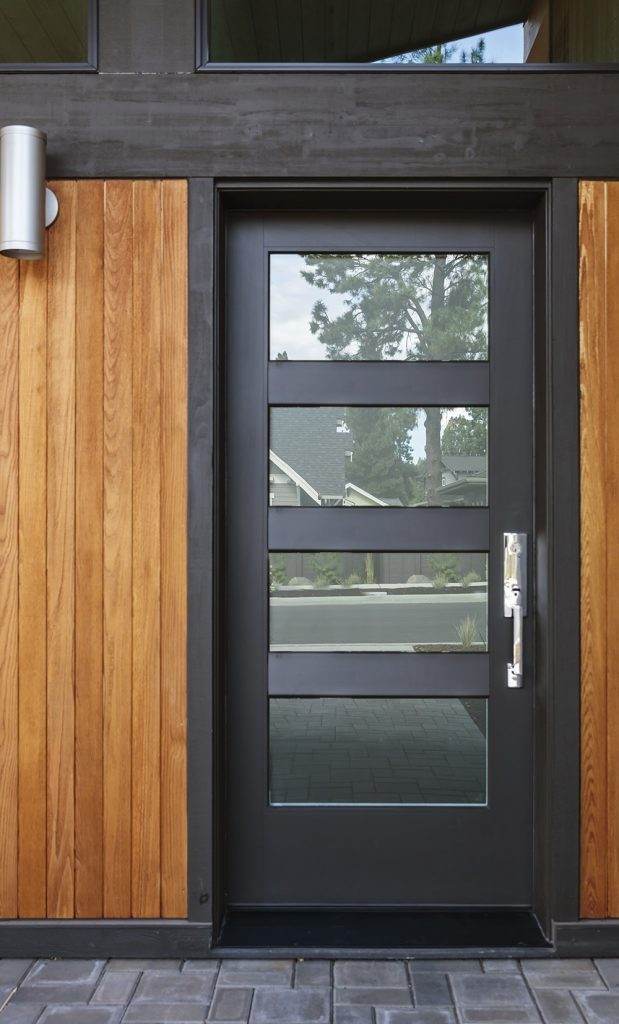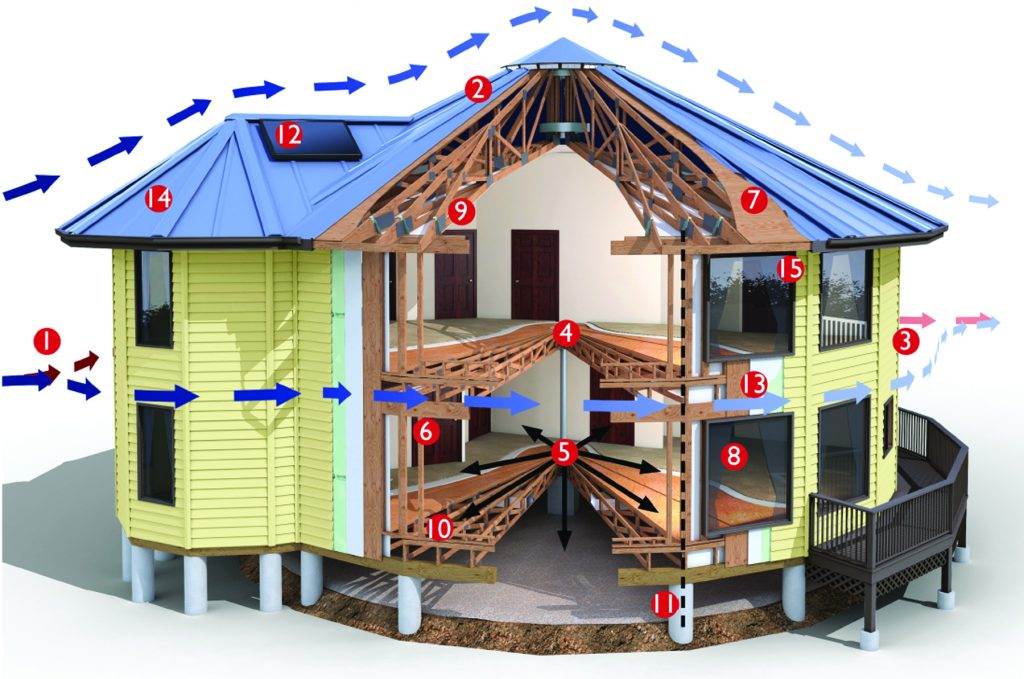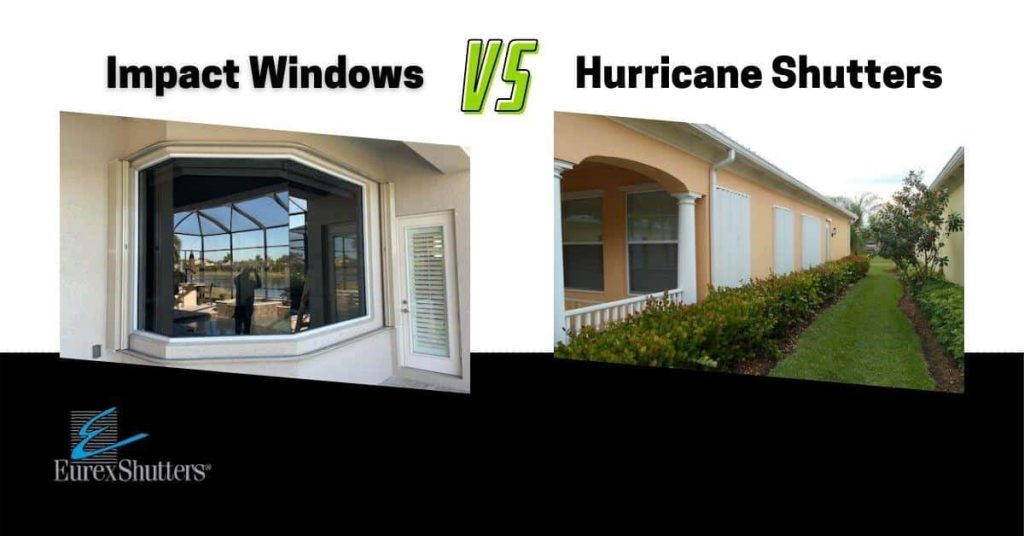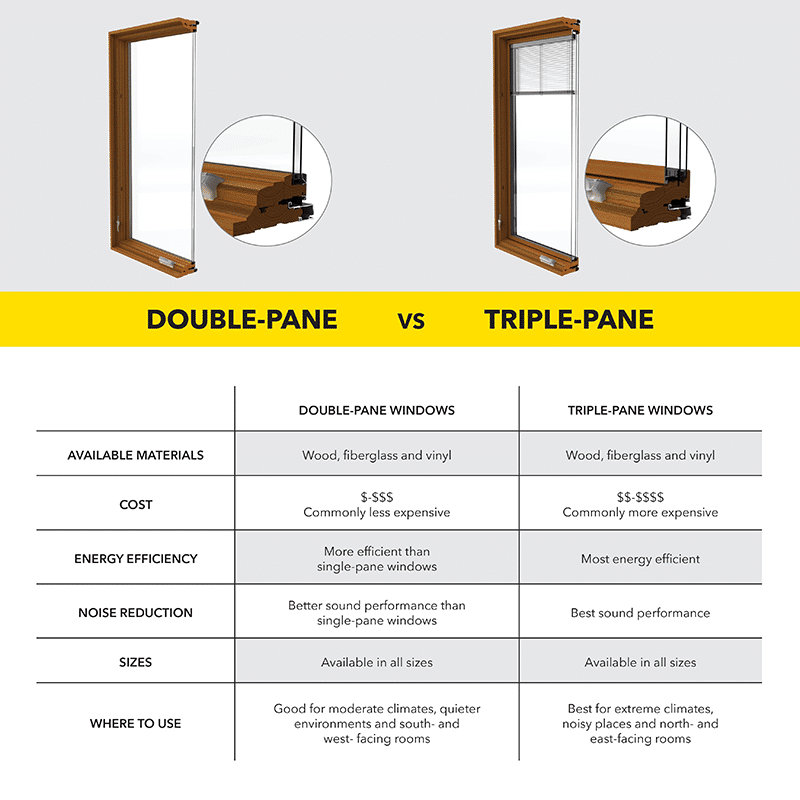What Makes A Hurricane Proof Door?
Discover the technologies and features that make a hurricane-proof door truly resilient. From impact-resistant glass to reinforced frames, explore what it takes to withstand the destructive forces of hurricanes.
What Makes A Hurricane Proof Door? Read More »




